"I have thought about Niklaus Manuel Deutsch experimenting with figures and images for the domestication of nature as an alternative to the triumph of virtue over original sin. In his personifications the long hair is at once fashionable and caught up in natural forces. The bear, taken from is pattern book [Musterbüchlein] of ornament, cavorts in a human way whilst being the wildest of animals." Judith Clark, 2018
2018 was the first year that we have not had an artist working at the Amden Atelier. The show was rather a creation of the London-based exhibition-maker Judith Clark, who teaches at the University of the Arts. Clark staged a show that engages with the building itself in relation to its natural surroundings. Among the questions that the exhibitions in Amden over the past few years have addressed is that of the sculptural properties of this farm building, which no longer serves the purpose for which it was built and as an exhibition space has become the scene of aesthetic experiences. What is the relevance of “sculpture in the expanded field,” the concept first floated by the U.S. art theorist Rosalind E. Krauss forty years ago?
Judith Clark was born and brought up in Rome, moving to London to study architecture at the Bartlett and the Architectural Association. In 1998 she opened the first independent gallery dedicated exclusively to exhibiting dress, and in 2002 began teaching at London College of Fashion whilst working as a freelance exhibition-maker. In 2014 she returned to study Cultural and Intellectual History at the Warburg Institute, because of a growing interest in props and attributes in the history of Renaissance art and Warburg’s own approach to cultural history and the transmission of forms. For the German art historian Aby Warburg, a work of art was more than just an expression of artistic talent and creative energy; it was also a medium in which unsolicited images might appear like phantoms. He was interested in the processes of transformation to which images are certainly subject, but which keep images alive as well. The “pathos formula” that is generally brought to bear in this context was first espoused by Warburg in 1905 for what John M. Krois once fittingly described as constantly self-renewing “pictorial forms of representation of heightened emotive expressiveness.”
For many years Clark has been studying the work of the Bernese artist Niklaus Manuel Deutsch (1484–1530). In 2010 she devoted an entire exhibition to his Judgement of Paris (1517/18) from the Kunstmuseum Basel. As an exhibition-maker who is concerned mainly with clothes and with the representation and meaning of clothes, her exhibition looked at exhibiting dress in the context of the representations of this famous drama.
Clark will not be exhibiting any autonomous works of art in Amden. Instead, Exhibiting Niklaus Manuel Deutsch: The Judgement of Paris II will show the abandoned barn as what it always was, a home for animals, gods, and untamed energies.
– Roman Kurzmeyer

 Images
Images
 Info
Info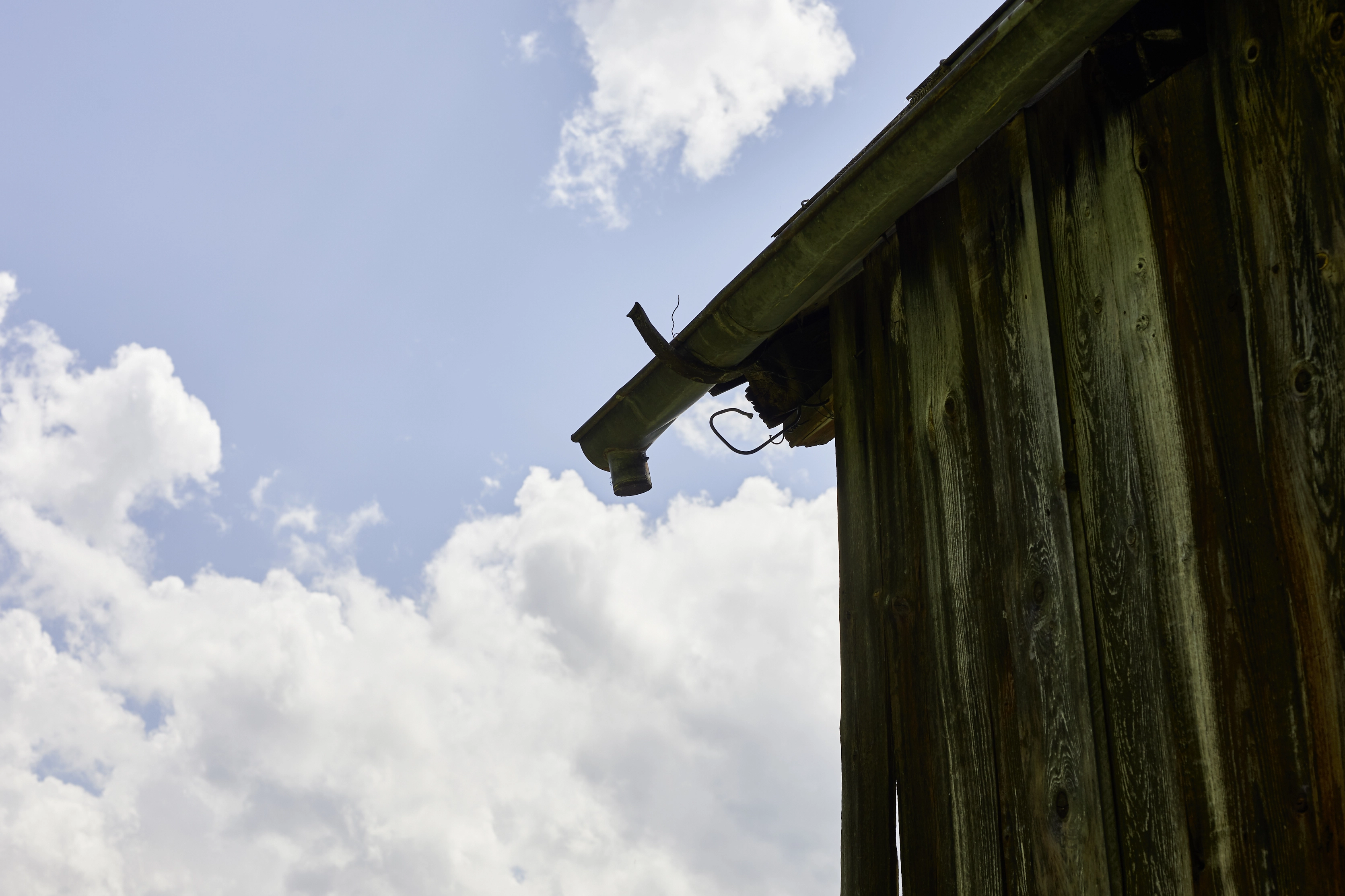


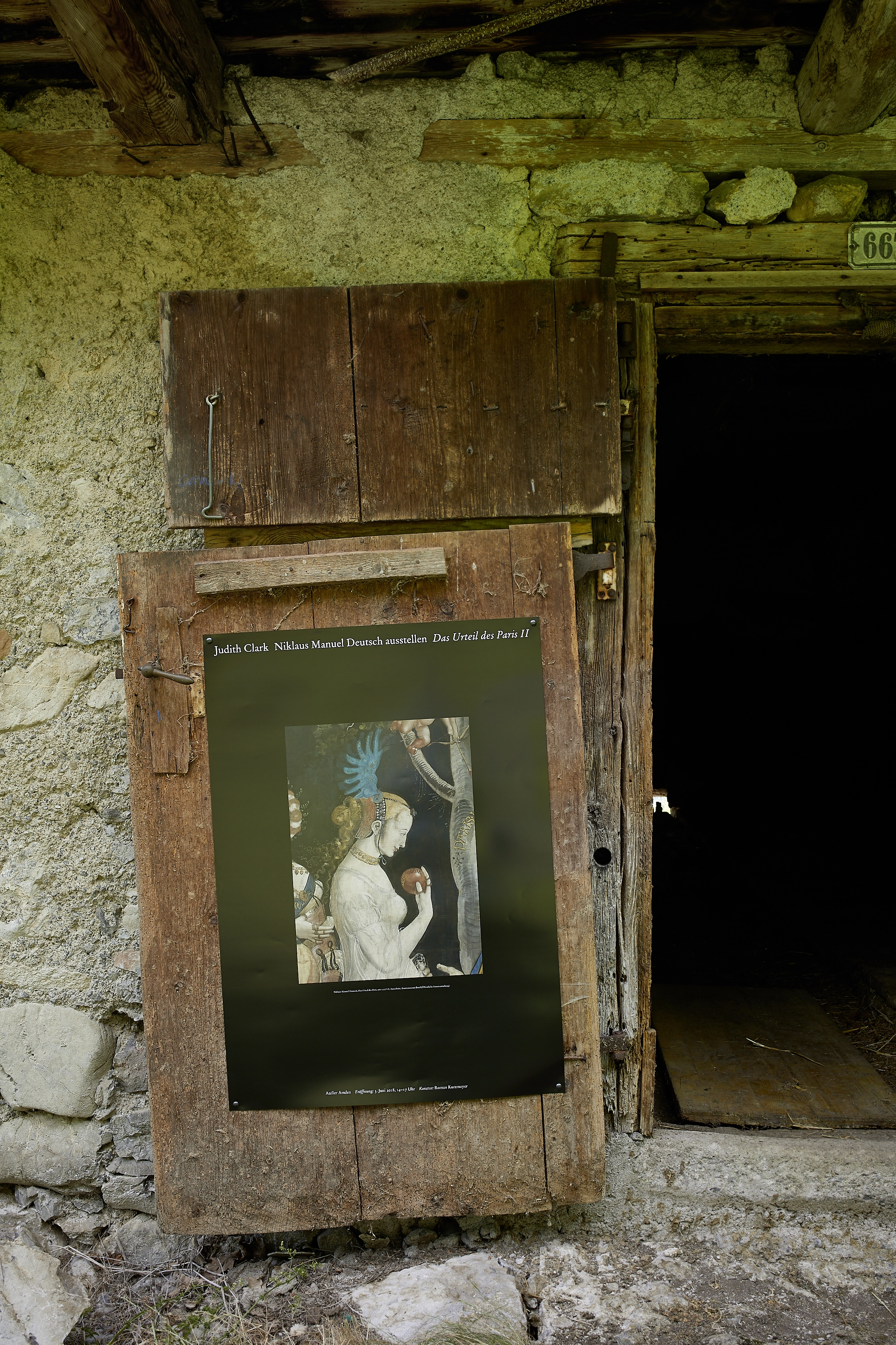
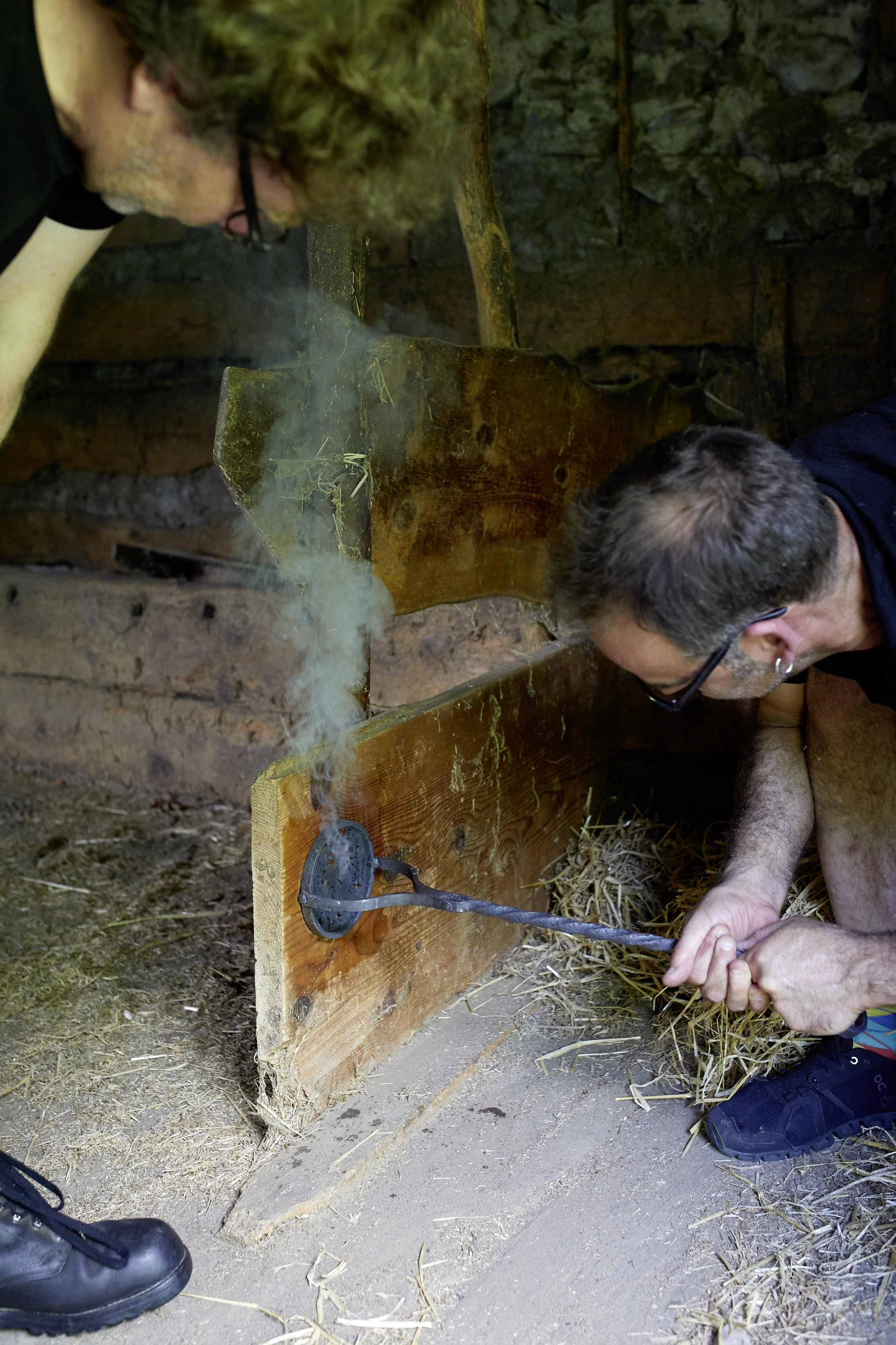

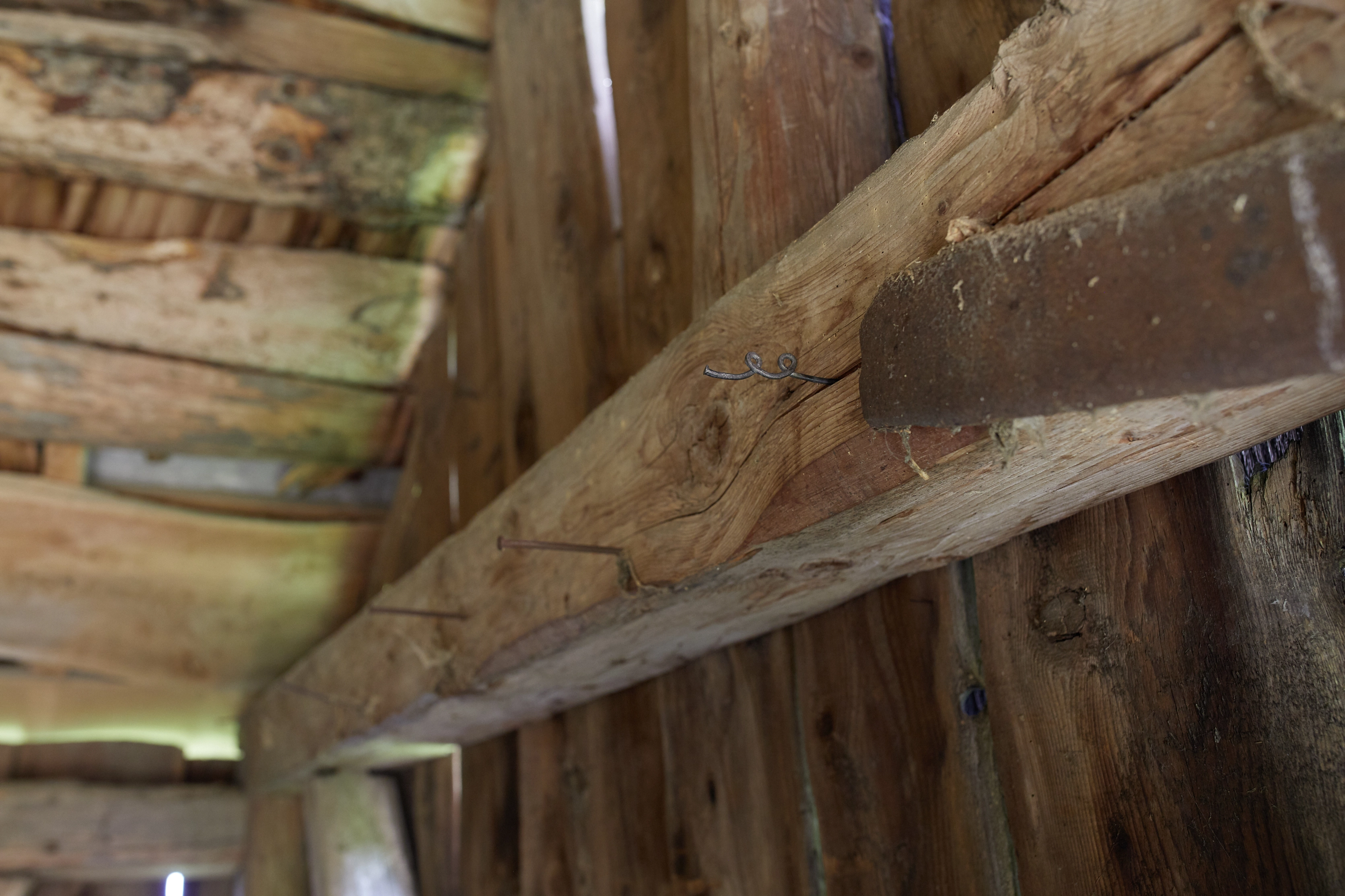
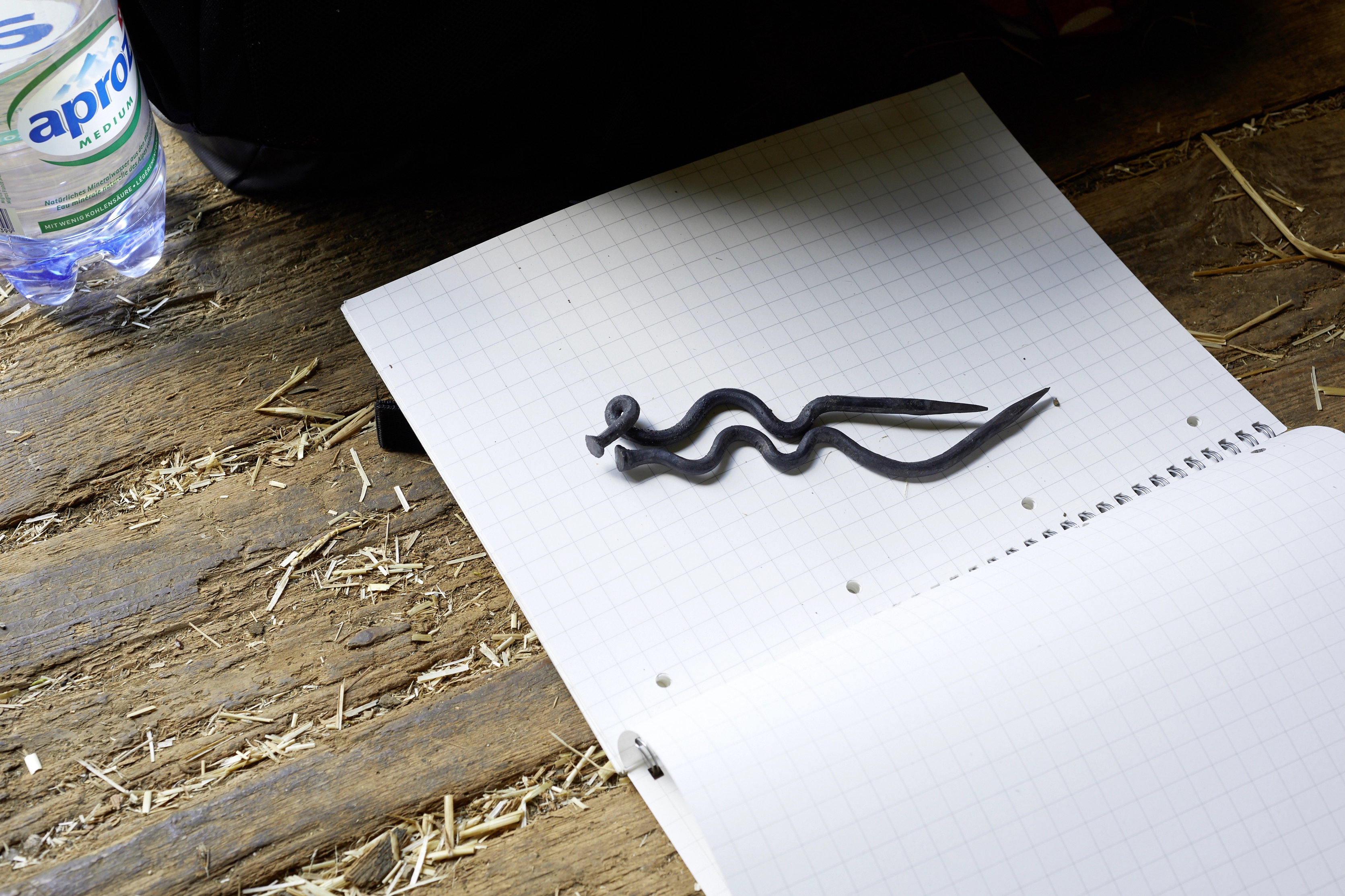


 Next Exhibition
Next Exhibition